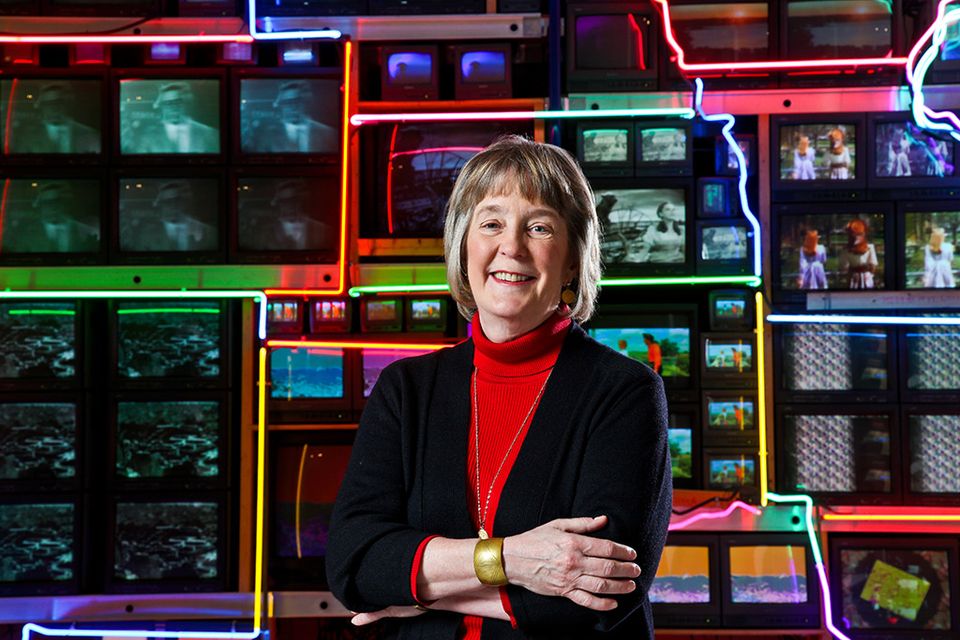
I have worked my entire professional life knowing only one boss, Betsy Broun. She retired yesterday after nearly 30 years at the helm of the Smithsonian American Art Museum. So I've been taking stock of her vision for the museum and how the ways we connect with people to tell stories of art in a citizen democracy are tied to her ideas about American art and contemporary society. Technology has always been at the forefront of SAAM's programs, with Betsy advocating for new ways to engage with visitors—from launching one of the earliest museum websites through America Online in 1993 to supporting this blog, the first at the Smithsonian in 2005, to our current Linked Open Data initiative that connects our collections with others across the U.S. This list could go on and on. I found this quote from Betsy that reminded me how forward thinking she is:
In the third century of our national experience, art could at last find a meaningful place in American life if we choose to use the objects of the past and the technologies of the future to make the right connections. Instead of 'trickle-down' culture, people could search through our incredibly diverse collections to find that peculiarly rewarding match that occurs when we see in an artwork something we ourselves have understood or experienced. At last we have the means to make art available to a democratic society in which individual experience, not hierarchical systems, can find expression.
Although this statement could have been said today, it was in fact said more than 20 years ago. Betsy included it in a talk she gave to the Smithsonian Commission on the Future on January 7, 1994 (which was published later that year in SAAM's journal American Art). As my colleagues and I prepare for new leadership at SAAM, we can rest assured that Betsy has directed us down an exciting path. Thank you.


















